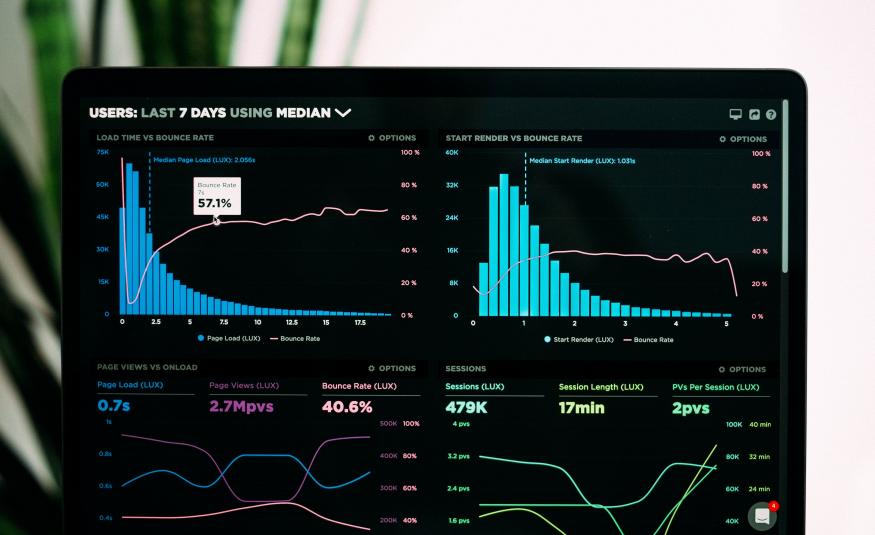Denzil Rankine, Executive Chairman, AMR International debunks some common myths and explores how organisers can benefit from using analytics.
We all know that analytics are used extensively by big businesses such as retailers or banks which are desperately seeking advantage in competitive markets, as well as by developers of self-driving cars.
In events, we also see some major organisers making investments in analytics. These include hiring data scientists and investing in technology to collect and manage increasing levels of data. But these investments are not a prerequisite to using analytics to make better business decisions.
Analytics is no longer reserved for the biggest businesses for two reasons. First, the rapid advances in tools that derive value from data have made analytics accessible to much smaller businesses – including event organisers beneath the top tier. Second, like any other business, an event organiser cannot fail to capture vast quantities of data, just by being in business.
So what can we use analytics for?
Tailoring or developing the event
Understanding which industry sub-segments are in demand allows organisers to improve the positioning of events, to shift focus or prioritise future expansions. Event participants, as well as some non-participants, leave data exhaust in numerous places - on the website, at the event, via email and digital media usage. Their interactions and behaviours are the source of real evidence that can inform decisions about launching or splitting an event, whether to co-locate or relocate, or change the frequency of an event.
Organisers can also use analytics to identify and target exhibitors’ most sought-after industry sub-segments, by measuring demand for specific sub-segments based on exhibitor re-targeting spend, location tracking, and network connections. Organisers can respond to proven needs by measuring interactions, changes in the popularity of topics and the emergence of new topics.
Improving the event for participants
Beyond strategy, organisers can use analytics to improve the utility of the event, as well as the experience for its participants.
Analytics can support recommendations or match visitors with relevant exhibitors based on interactions within their pre-event customer journeys, including website, newsletters, and contributed content. In addition, organisers can use analytics to create a better on-site journey. Using location tracking and heatmaps, organisers measure the effectiveness of event layouts, including adjacencies, groupings, and time-based promotions, allowing them to make more informed decisions on how to improve the experience, as well as the number and quality of connections.
Demonstrating ROI for exhibitors and sponsors
Organisers can use analytics tools to demonstrate the ROI of an event for exhibitors and sponsors. Individual location tracking, for example, enables organisers to showcase the number and the quality of visitors which were exposed to exhibitors’ booths and sponsorship content. Exhibitors can, in turn, use this information to better link event spend to sales leads, securing the marketing budget for next year’s event. Location tracking data also allows organisers to quantify and communicate the incremental attendee interactions generated from various types of additional spend, such as sponsorship and booth expansion, and increase upselling.
Sophisticated organisers also use the same tools to suggest downsizing participation to those exhibitors that are not obtaining strong value from the event.
Improving operational efficiency and profitability
Analytics can help to improve the efficiency of an organiser. Bluntly, that means making more money by reducing costs or increasing sales.
In one example, an organiser reduced its cost of sales substantially by predicting both the likelihood of prospective exhibitors taking a stand and their subsequent loyalty. As a result, it could focus on those accounts that had a strong chance of conversion. The organiser also adopted a new, more personalised approach to potential high value accounts with a lower chance of conversion.
Other efficiency examples include predicting churn of either visitors or exhibitors, or predicting what messaging will resonate most with participants and optimising communication in line.
In another example area where improvements flow directly to the bottom line, analytics can be used to align price with value more accurately and more frequently than other methods.
Making it happen
Putting all this into practice requires the right people, processes and culture.
We all use Excel; that revolution started 20 years ago. It continues to be great for descriptive analytics, but there is now an entire new set of user-friendly tools with substantial capability that bring predictive analytics into the reach of small businesses. There are also useful tools that support data cleaning and the almost inevitable problem of marshalling data from disparate sources.
In the same way that you do not need access to a supercomputer, you do not need to have data scientists on staff; team members with a statistical background and a strong business head deliver great results. Success does require commitment from the top and a culture that supports management innovation, leading to buy-in across the organisation.
Conclusion
There are numerous ways that event organisers can use analytics to improve event performance, and the amount of data available can be overwhelming. The key is not to start with the data, but to let business questions drive the analysis.
Identifying the areas where analytics will have the greatest impact on your performance provides a solid starting point for determining what data and tools are required to deliver stronger results.





